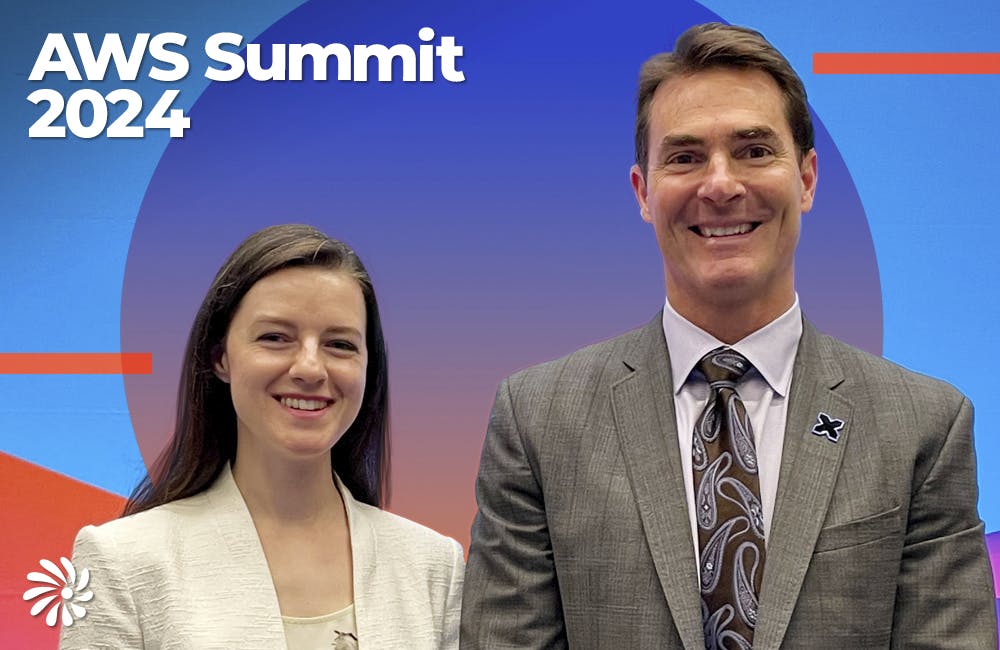5 Takeaways from AWS Summit 2024

Leaders developing solutions for critical technologies around cloud, applications, artificial intelligence and data gathered at the AWS Summit in Washington, D.C. to discuss how those capabilities are impacting federal government systems and strategies. GovCIO Media & Research was on site covering the latest issues with federal technology leaders.

New acquisition models are accommodating emerging technology demands.

The Army has streamlined its procurement processes to bring in and develop software more quickly. Army Principal Deputy Assistant Secretary for Acquisition, Logistics and Technology Young Bang noted this has enabled the service to catch up with adopting technology at the speed expected in industry.
FDA’s new acquisition strategy for the next decade focuses on integrating solutions within the broader enterprise and diversifying its vendor pool to serve the agency’s broad mission sets in public health.
“FDA has a very diverse mission with all the various centers and offices,” said FDA Office of Enterprise Portfolio Management Director Joseph Montgomery. “One key area of that IT strategic plan and throughout the acquisition strategy is the goal of creating a shared ‘one FDA’ ecosystem.”

Agencies are exploring use cases for AI in workflows.

The CIA sees generative AI as a key tool to help analysts, but does not see AI ever being a replacement for analysts.
“We see [AI] as something that is going to heavily augment our workforce,” said CIA Chief AI Officer Lakshmi Raman, “and help us to accelerate our velocity in completing tasks so that we can leverage our minds for higher-order work.”
The Army’s upcoming #BreakAI initiative will operationalize a plan for accelerating digital transformation and adopt cutting edge technology.
“Industry does technology better than us,” said Bang. “We want to have a partnership — we’re going to break down obstacles for us to adopt third-party generative algorithms.”

The future of secure cloud computing is hybrid.

Federal leaders are leveraging hybrid and multi-cloud across various missions and classification environments. The Air Force’s cloud approach enables seamless data access and sharing to provide real-time insights into its supply chain. Cloud paired with emerging technology allows researchers to tackle challenges around critical infrastructure, national security and health.
Agencies need to be strategic in data and app mobility amid expanding priorities in cloud. Nutanix Senior Director of US Federal Greg O’Connell cited that the anticipated growth in new apps over the next few years present challenges for agencies to incorporate more cloud and edge computing that would handle increased data processing.
“When we look at modern applications at the edge, this [generative AI] explosion is bringing so many of these applications and so much more capability for processing at the edge, and that’s where we have to really pay close attention to the different types of security threats and issues that come about from that,” said O’Connell.
Military services are becoming more data-driven.

Army Principal Deputy Assistant Secretary for Acquisition, Logistics and Technology Young Bang described the service’s data mesh that is enabling users to more easily access data across the enterprise for faster usability and decision-making.
Streamlined access to data has resulted in real returns on investment for the Air Force across logistics and manufacturing operations.

Equity by design goes beyond technology.

Concepts like “equity by design” and “security by design” are gaining momentum in the software community to design products with critical requirements and input from users to best serve the public good.
Leaders say good data is critical for technologies like AI to deliver on their promise, but it takes a collaborative mindset to get there.






